Considered one of the best speakers in the space field, Rick Tumlinson is listed as one of the top 100 influential people in the global space community.


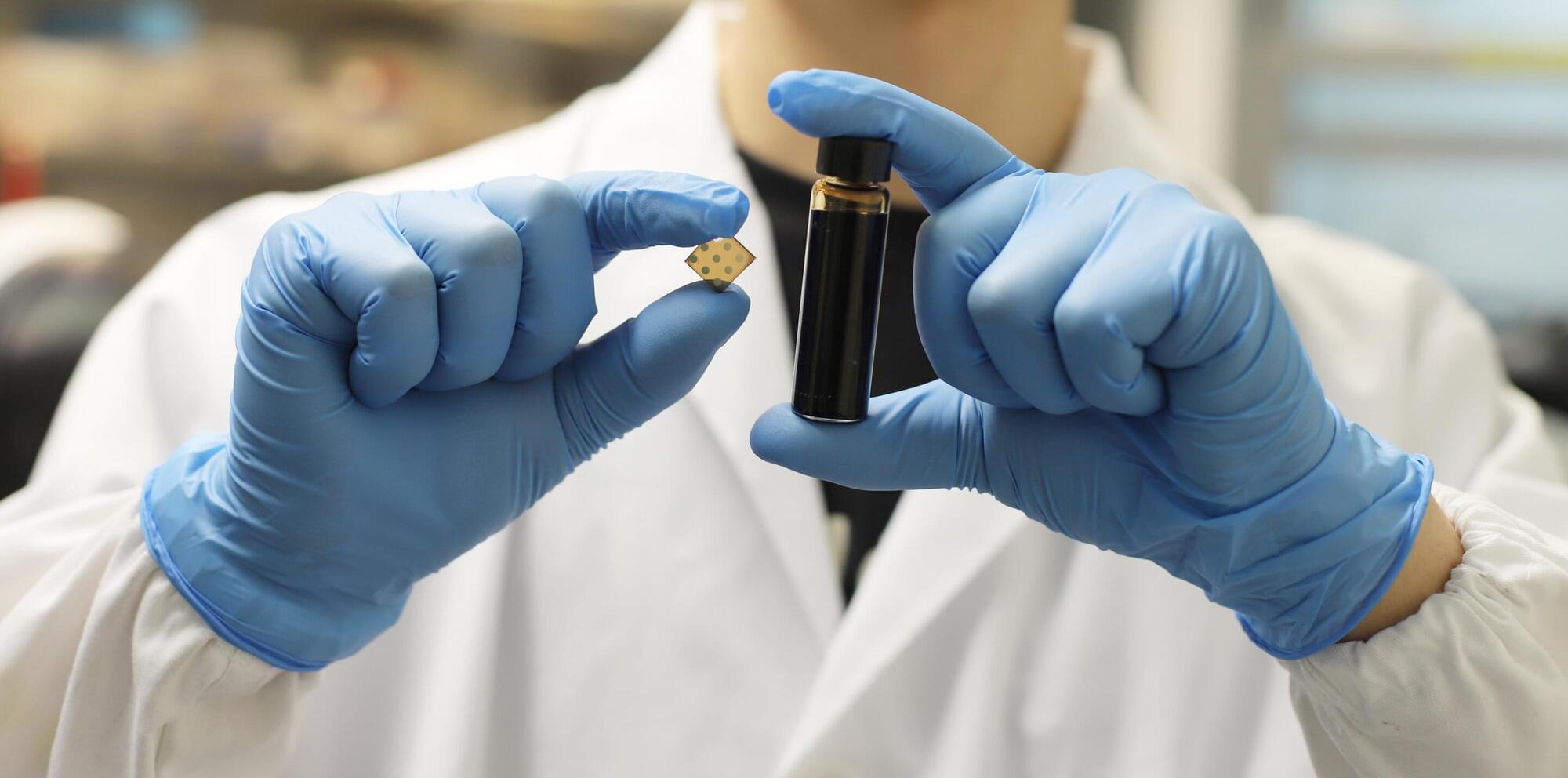
The frequency regime lying in the shortwave infrared (SWIR) has very unique properties that make it ideal for several applications, such as being less affected by atmospheric scattering as well as being “eye-safe.” These include Light Detection and Ranging (LIDAR), a method for determining ranges and distances using lasers, space localization and mapping, adverse weather imaging for surveillance and automotive safety, environmental monitoring, and many others.
However, SWIR light is currently confined to niche areas, like scientific instrumentation and military use, mainly because SWIR photodetectors rely on expensive and difficult-to-manufacture materials. In the past few years, colloidal quantum dots —solution-processed semiconducting nanocrystals—have emerged as an alternative for mainstream consumer electronics.
While toxic heavy-metals (like lead or mercury) have typically been used, quantum dots can also be made with environmentally friendly materials such as silver telluride (Ag2Te). In fact, silver telluride colloidal quantum dots show device performance comparable to their toxic counterparts. But they are still in their infancy, and several challenges must be addressed before they can be used in practical applications.
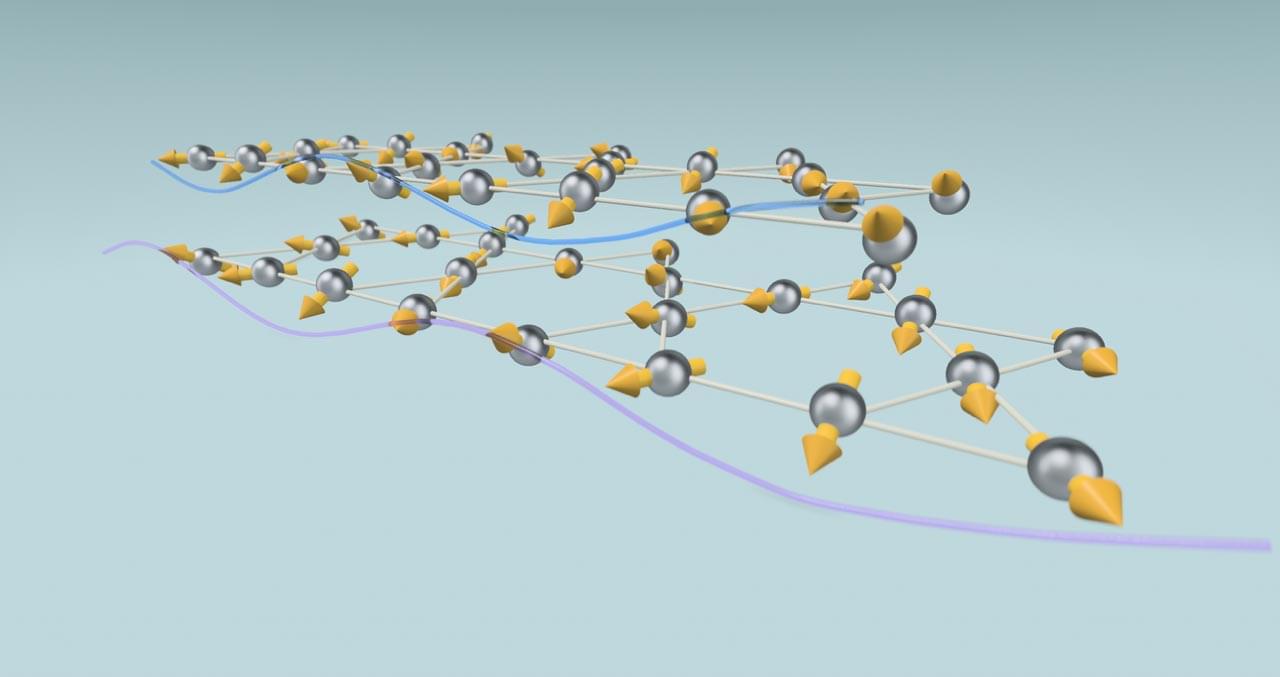
Our understanding of layered quantum materials is still in its early stages. This is highlighted by new research from the Paul Scherrer Institute (PSI). Using advanced X-ray spectroscopy techniques at the Swiss Light Source (SLS
NASA’s Space Launch System (SLS) will be the most powerful rocket they’ve ever built. As part of NASA’s deep space exploration plans, it will launch astronauts on missions to an asteroid and eventually to Mars. As the SLS evolves, the launch vehicle will to be upgraded with more powerful versions. Eventually, the SLS will have the lift capability of 130 metric tons, opening new possibilities for missions to places like Saturn and Jupiter.
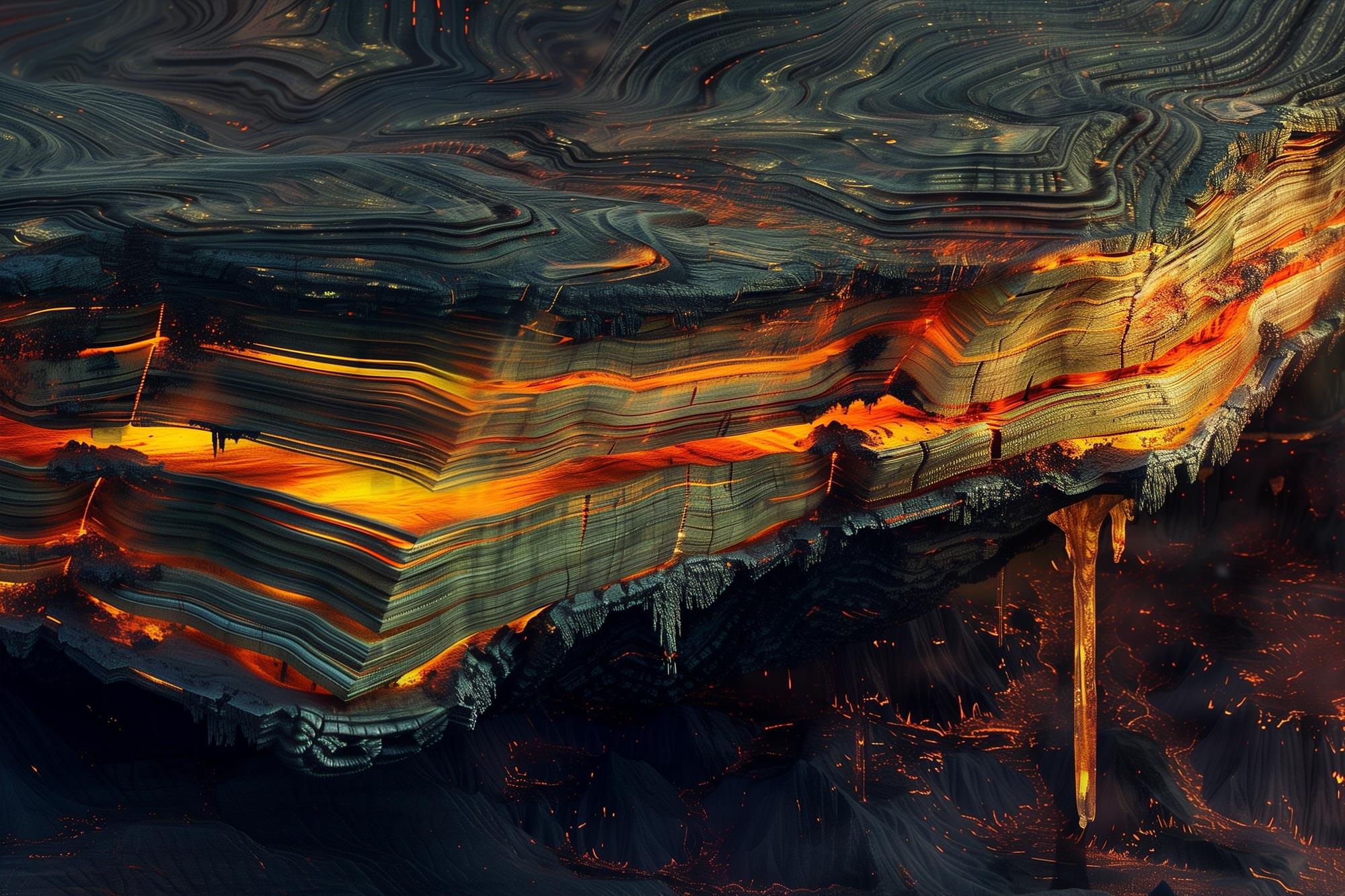
Researchers have discovered that the underside of the North American continent is slowly dripping away in blobs of rock. The remnants of a tectonic plate sinking into the Earth’s mantle may be the cause of this phenomenon.
A paper published in Nature Geoscience
<span class=””> Nature Geoscience is a monthly peer-reviewed scientific journal published by the Nature Publishing Group that covers all aspects of the Earth sciences, including theoretical research, modeling, and fieldwork. Other related work is also published in fields that include atmospheric sciences, geology, geophysics, climatology, oceanography, paleontology, and space science. </span><span class=””>It was established in January 2008. </span>
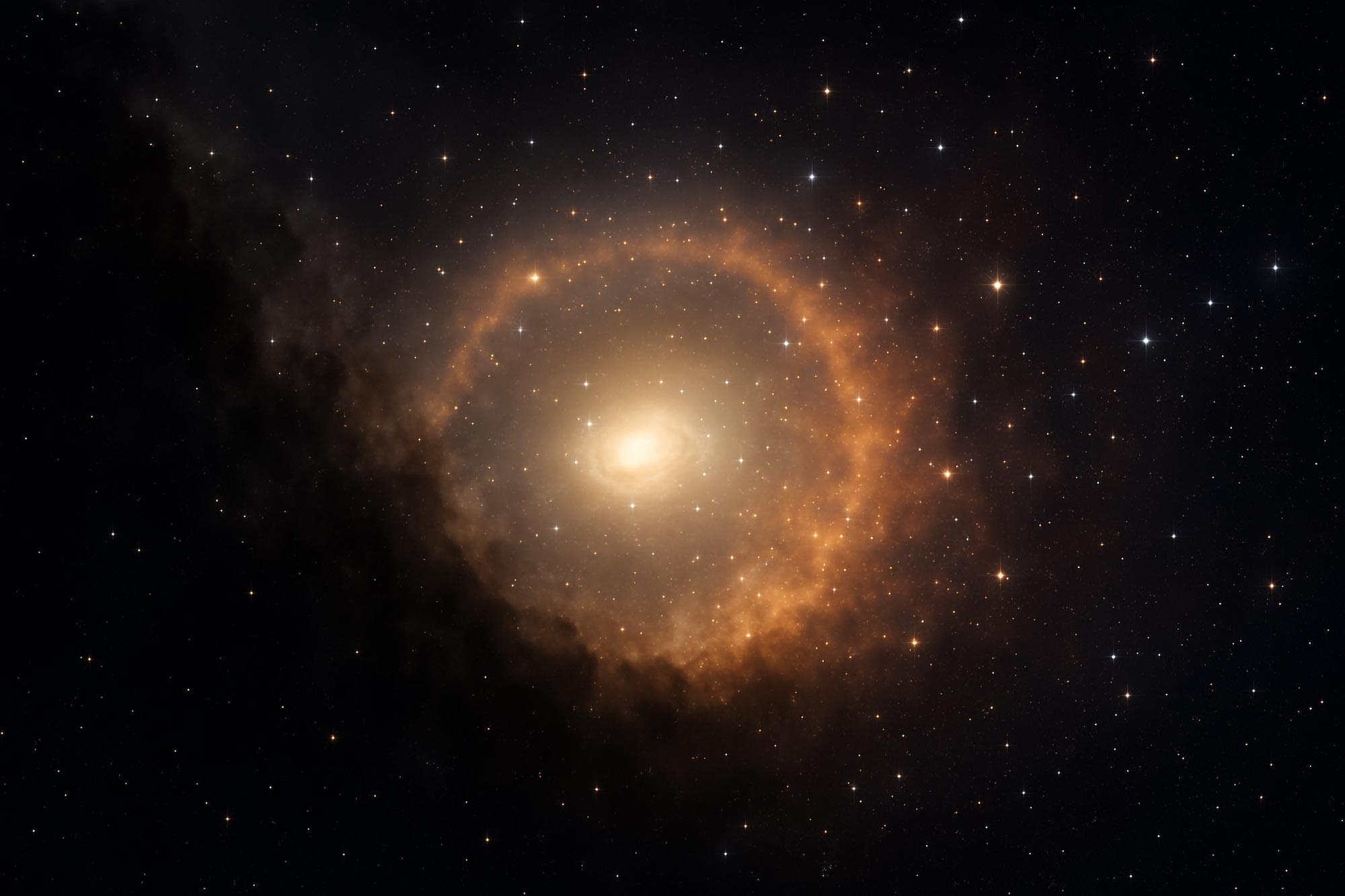
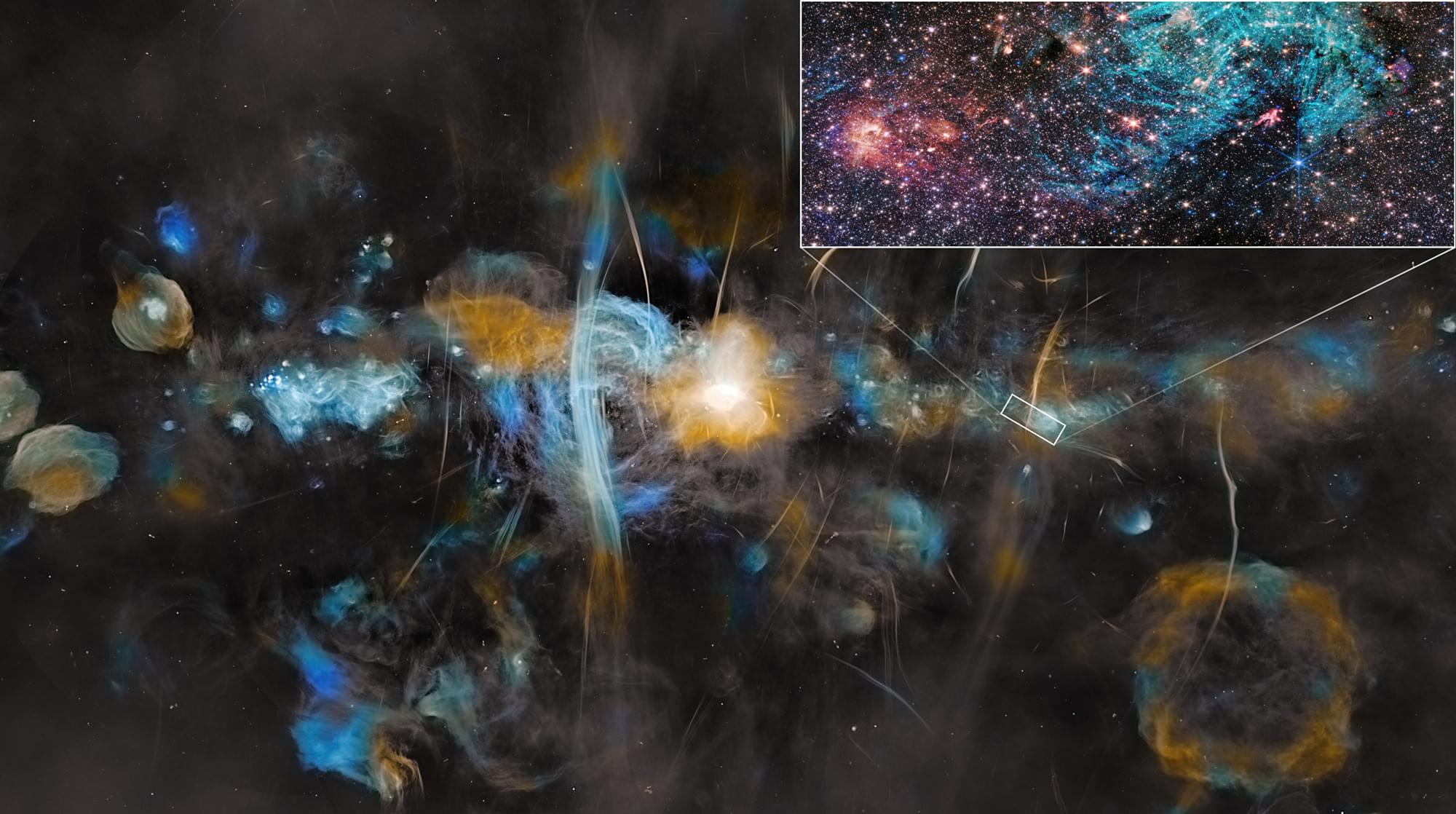
Follow-up research on a 2023 image of the Sagittarius C stellar nursery in the heart of our Milky Way galaxy, captured by NASA’s James Webb Space Telescope, has revealed ejections from still-forming protostars and insights into the impact of strong magnetic fields on interstellar gas and the life cycle of stars.
“A big question in the Central Molecular Zone of our galaxy has been, if there is so much dense gas and cosmic dust here, and we know that stars form in such clouds, why are so few stars born here?” said astrophysicist John Bally of the University of Colorado Boulder, one of the principal investigators. “Now, for the first time, we are seeing directly that strong magnetic fields may play an important role in suppressing star formation, even at small scales.”
Detailed study of stars in this crowded, dusty region has been limited, but Webb’s advanced near-infrared instruments have allowed astronomers to see through the clouds to study young stars like never before.
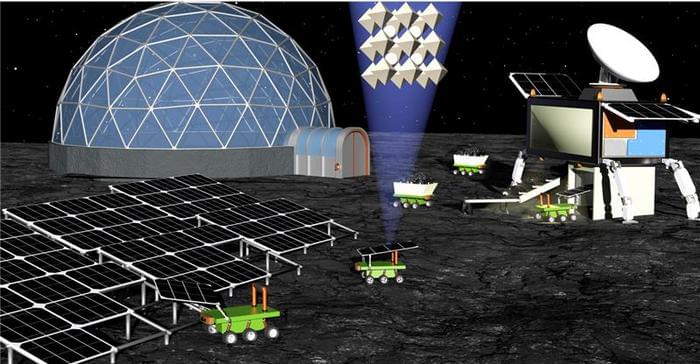
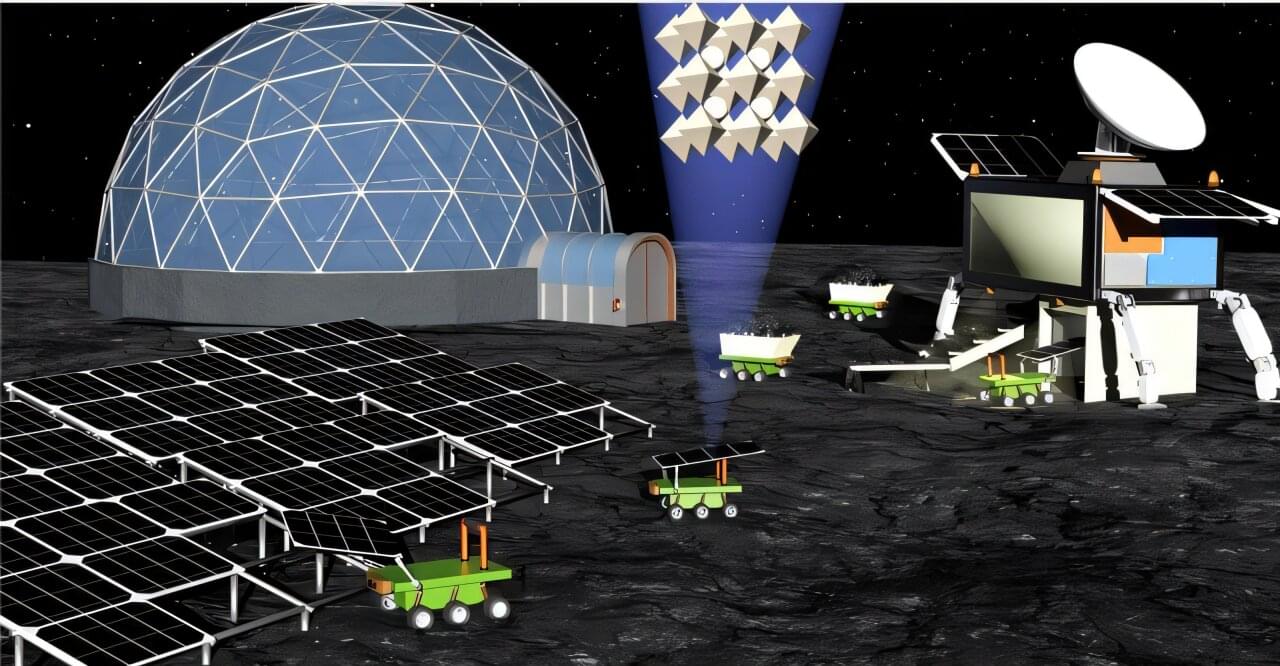
The same dirt that clings to astronauts’ boots may one day keep their lights on. In a study published in Device, researchers created solar cells made out of simulated moon dust. The cells convert sunlight into energy efficiently, withstand radiation damage, and mitigate the need for transporting heavy materials into space, offering a potential solution to one of space exploration’s biggest challenges: reliable energy sources.
“The solar cells used in space now are amazing, reaching efficiencies of 30% to even 40%, but that efficiency comes with a price,” says lead researcher Felix Lang of the University of Potsdam, Germany. “They are very expensive and are relatively heavy because they use glass or thick foil as cover. It’s hard to justify lifting all these cells into space.”
Instead of hauling solar cells from Earth, Lang’s team is looking at materials available on the moon itself. They aim to replace Earth-made glass with glass crafted from lunar regolith —the moon’s loose, rocky surface debris. This change alone could cut a spacecraft’s launch mass by 99.4%, slash 99% of transport costs, and make long-term lunar settlements more feasible.
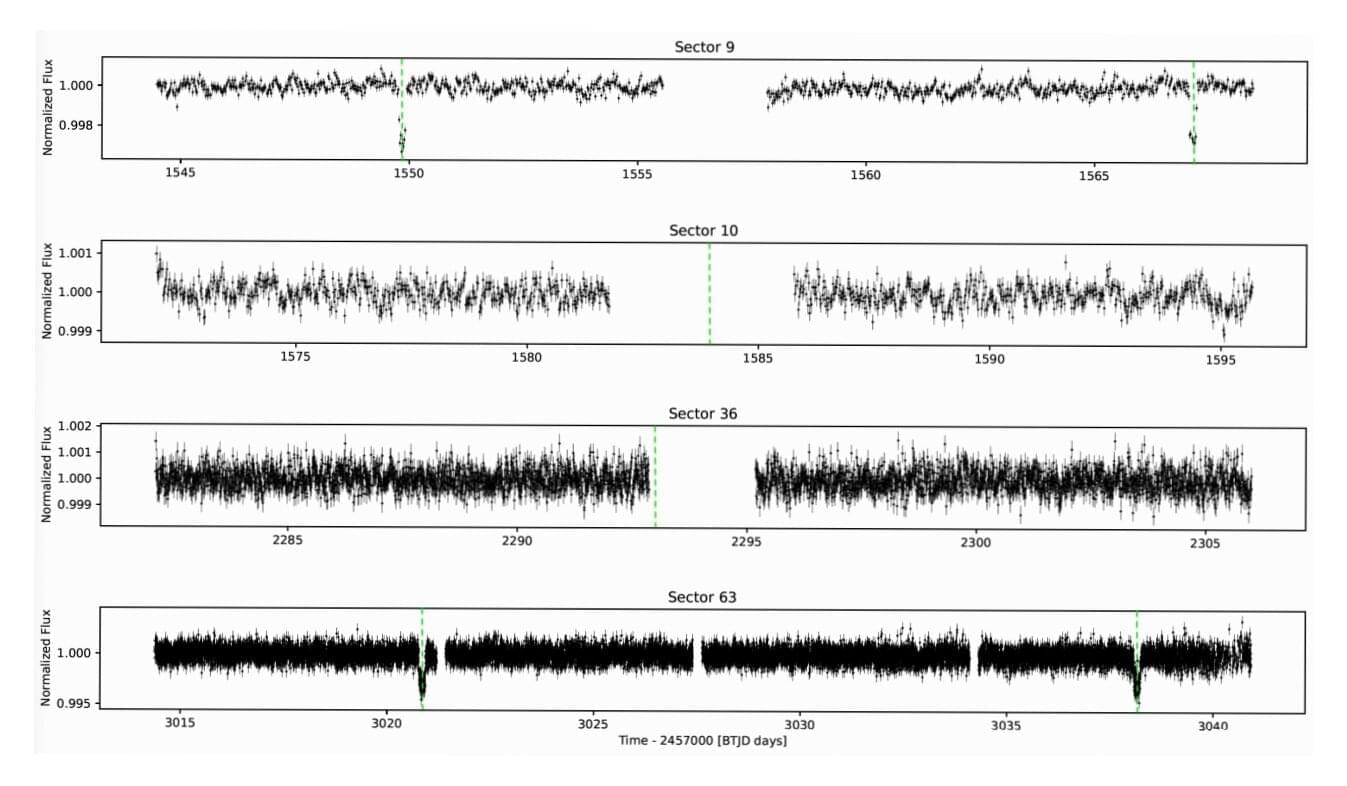
Using the Transiting Exoplanet Survey Satellite (TESS), an international team of astronomers has detected a new warm Jupiter exoplanet located more than 1,000 light years away. The newfound alien world, designated TOI-2005 b, is about the size of Jupiter and orbits its host star on a highly eccentric orbit. The discovery was reported March 25 on the arXiv pre-print server.
NASA’s TESS is conducting a survey of about 200,000 of the brightest stars near the sun with the aim of searching for transiting exoplanets. So far, it has identified over 7,500 candidate exoplanets (TESS Objects of Interest, or TOI), of which 620 have been confirmed so far.
Located some 1,070 light years away from the Earth, TOI-2005 is a rapidly rotating F-type star. It has recently been monitored with TESS and a transit signal was detected in its light curve. Now, a group of astronomers led by Allyson Bieryla of the Harvard-Smithsonian Center for Astrophysics (CfA) in Cambridge, Massachusetts, reports that this transit signal is of planetary nature.

Returning to Earth would be nothing without a warm welcome from (wo)man’s best friend.
Heartwarming footage captured the moment stranded Boeing Starliner astronaut Sunita Williams received a joyous reunion with her excited dogs after being stuck in space for 264 days.
Williams and fellow astronaut Barry “Butch” Wilmore finally departed the International Space Station, where they were stuck for more than nine months, and returned to Earth on March 18.